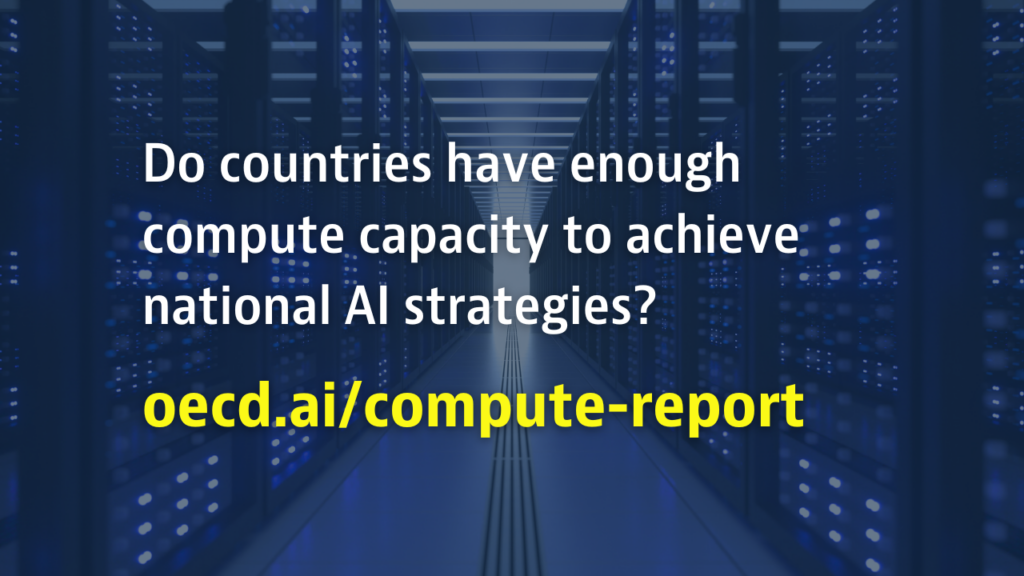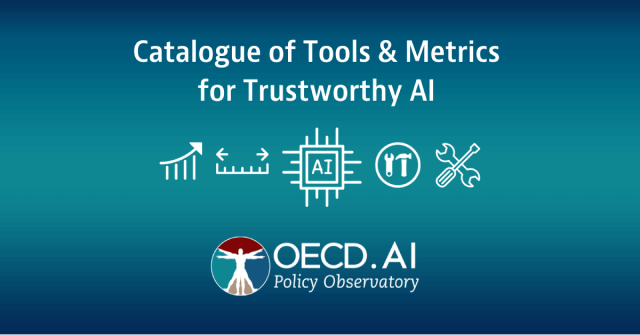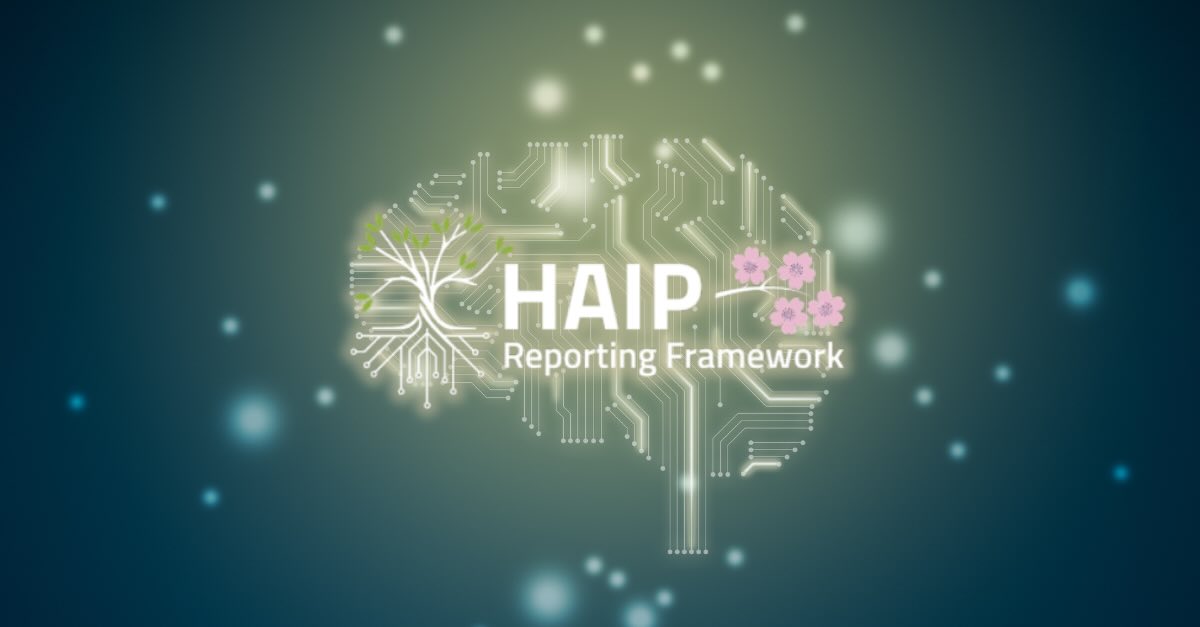
OBTAIN THE REPORT FROM THE OECD ILIBRARY
Artificial intelligence (AI) is transforming economies and promising new opportunities for productivity, growth, and resilience. Countries are responding with national AI strategies to capitalise on these transformations. However, no country today has data on, or a targeted plan for, national AI compute capacity. This policy blind-spot may jeopardise domestic economic goals. This report provides the first blueprint for policy makers to help assess and plan for the national AI compute capacity needed to enable productivity gains and capture AI’s full economic potential. It provides guidance for policy makers on how to develop a national AI compute plan along three dimensions: capacity (availability and use), effectiveness (people, policy, innovation, access), and resilience (security, sovereignty, sustainability). The report also defines AI compute, takes stock of indicators, datasets, and proxies for measuring national AI compute capacity, and identifies obstacles to measuring and benchmarking national AI compute capacity across countries.
Key takeaways
- AI is transforming economies and promising new opportunities for productivity, growth, and resilience. Countries are responding with national AI strategies to capitalise on these transformations.
- AI requires a special infrastructure called “AI compute”. The compute needed to train and use AI systems has grown dramatically over the last decade and continues to do so, especially for deep learning and neural networks.
- However, no country today has sufficient data on, or a targeted plan for, national AI compute capacity. This policy blind spot could jeopardise economic goals.
- This report provides the first blueprint for policy makers to assess and plan for national AI compute capacity to enable productivity gains and capture AI’s full economic potential.
- The blueprint shows how to develop a national AI compute plan along three dimensions: capacity (availability and use), effectiveness (people, policy, innovation, access), and resilience (security, sovereignty, sustainability).
- The report defines AI compute and takes stock of the indicators, datasets, and proxies countries will need to measure national AI compute capacity. It also identifies challenges to measuring and benchmarking national AI compute capacity across countries.
About the OECD.AI Expert Group on AI Compute and Climate
The OECD.AI Expert Group on AI Compute and Climate helps countries to build awareness and understand the issues around AI compute, including looking at closing “AI compute divides” within and between countries. The Expert Group provides actionable evidence on AI compute, including environmental impacts. This enables policy makers to evaluate national AI compute needs and capacity.
The Expert Group is co-chaired by:
- Keith Strier (Vice President of Worldwide AI Initiatives at NVIDIA),
- Jack Clark (Co-Founder of Anthropic), and
- Tamsin Heath (Deputy Director of Economic Security at the Department of Digital, Culture, Media and Sport, United Kingdom).

























